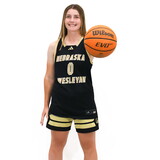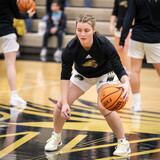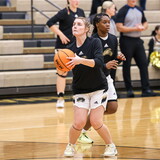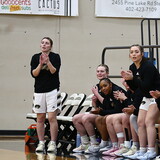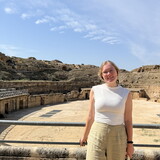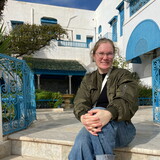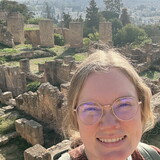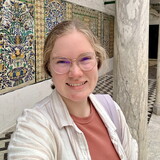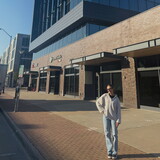When forensic science graduate student Kimberly Van Den Akker scheduled her internship with the Kansas City Kansas Police Department (KCKPD) last summer, she hoped to gain more hands-on experience in crime scene investigation techniques.
But when the police department’s crime scene investigation unit was called to help investigate a stabbing, little did Van Den Akker know that her role would change from intern to crime solver.
On August 4, a woman was robbed and severely stabbed in Kansas City, Kansas. During a search of the crime scene, the CSI unit recovered a credit card. Investigators had reason to believe the credit card belonged to the suspect. The original signature on the credit card had been crossed out and was no longer visible.
Enter Kimberly Van Den Akker.
As part of her master’s degree requirements, Van Den Akker took a crime scene imaging class where she learned how to use computer software to enhance forensic images.
“Recalling what I learned in this seminar, I felt confident examining the credit card,” said the NWU master’s degree student who plans to graduate in December.
Van Den Akker used a software program that allowed her to experiment with color isolation and modify the amount of color to digitally remove the ink used to hide the card’s original signer. The original signature was then recovered.
Equipped with this information, detectives were able to match the credit card signer’s name to a person of interest, who was ultimately charged in the brutal stabbing.
“I thought the analysis might be helpful in some way but it never even crossed my mind that recovering the name on the credit card would play a critical role in solving the crime,” said Van Den Akker, who is a crime analyst with the Nebraska State Patrol.
In addition to solving the crime, Van Den Akker’s internship included work at crime scenes where she helped search for and collect evidence, label and package evidence items, lift fingerprints and take photographs.
“It was quite surreal for me,” she said of her experience. “I’m thrilled that I was able to apply the knowledge I’ve gained from my education to aid KCKPD with their investigation."





